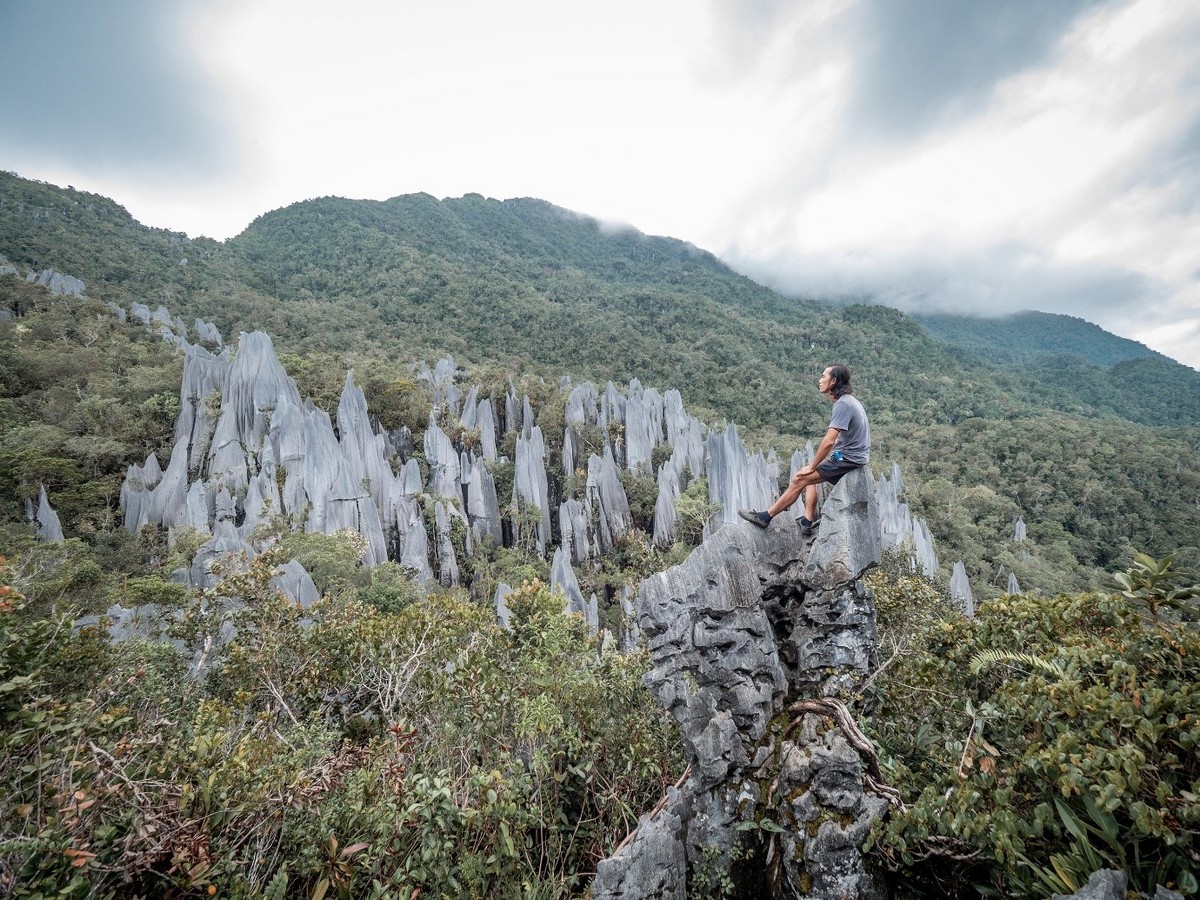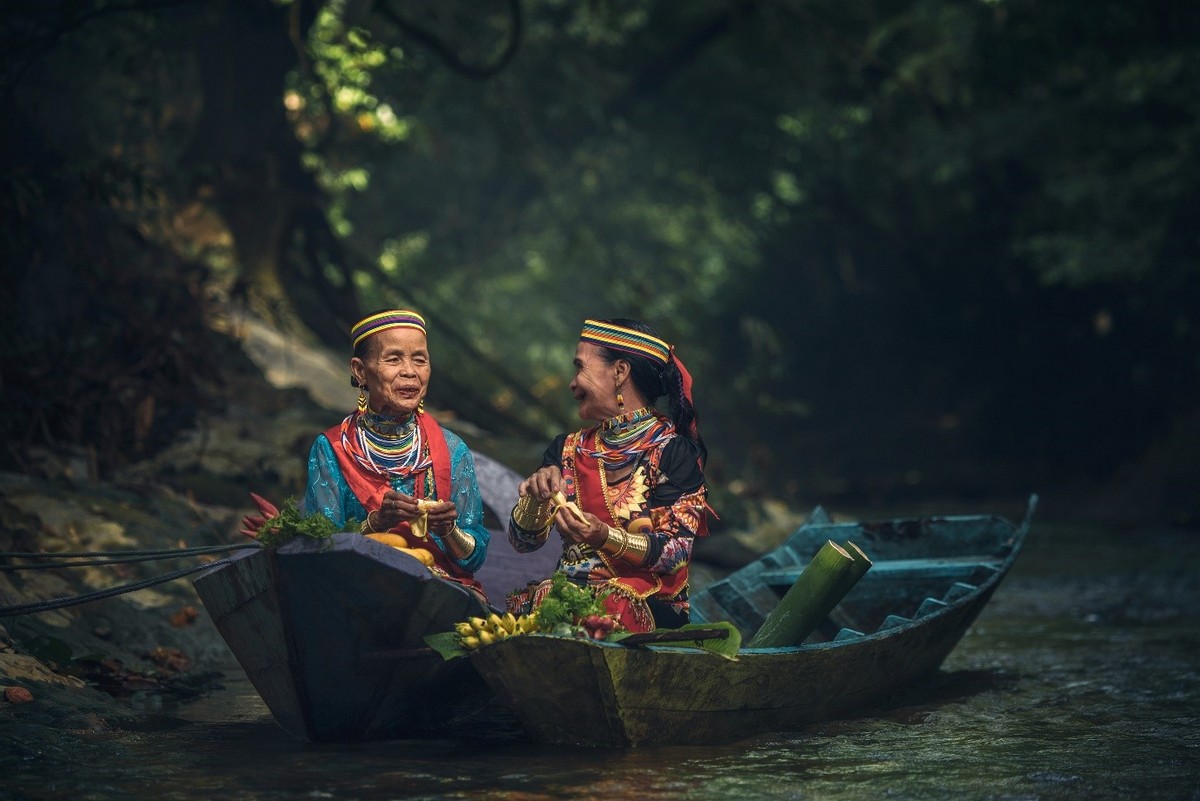In need of gentle winds, beautiful scenery, warm hospitality, rich culture and delicious food? We got you!

Sarawak is the largest state in Malaysia with a low-density population of 2.9 million people (as of 2020). Home to one of the largest pristine rainforests in the world with 28 ethnic groups living harmoniously together against a backdrop of age-old heritage and elements of modernity, Sarawak is a destination blessed with a plethora of Culture, Adventure, Nature, Food and Festivals quite unlike anywhere else.
Given its rich multi-ethnic culture, vast geographical landscape and impressive biodiversity, Sarawak is heaven for modern tourists who prefer tourism products that suit their interests and passions. Adventure lovers can enjoy thrill-seeking activities such as hiking, off-road biking, deep-sea diving and caving, and passionate anglers can throw their reels for deep-sea fishing in Miri waters.
Sarawak offers an alternative for those seeking authentic experiences. Live like a local and experience the lifestyle of the many indigenous tribes at any of the 46 homestays across the state; explore the gigantic cave system of the iconic Gunong Mulu National Park, a UNESCO World Heritage site; kayak through Sarawak’s rivers; or simply enjoy the architectural splendours of Sarawak’s colonial heritage across all regions in the state.
Sarawak is truly a celebration of different cultures
If you’re one for all things history, feel free to explore Sarawak’s rich and well-preserved architectural heritage dating back to the 1800s. Head on to Sarawak’s capital city, Kuching where you can follow in the footsteps of the first ‘Rajah’ James Brooke (famously played by Jonathan Rhys Meyers in ‘Edge of the World’) and that of his successors.
You can start with a walk around the heart of Kuching filled with historical buildings and monuments from the Brooke era, namely the Square Tower, Sarawak Steamship Building, Fort Margherita, Brooke Dockyard, Round Tower, General Post Office and more!
The Brooke Gallery at Fort Margherita and Ranee Museum at the Old Courthouse provides great insights about Sarawak in the early days is definitely worth the visit!
Step into the brand-new iconic museum building – the Borneo Cultures Museum! The world-class repository equipped with a state-of-the-art exhibition boasts five levels of gallery and exhibition spaces showcasing over a thousand artefacts that represent Sarawak’s amazing culture and heritage.

Oh, did we mention that Borneo Cultures Museum is also the second-largest museum in Southeast Asia? That’s right, with a total of 6,726 square metres of exhibition space, it will be one of the best and most inspiring museum visits ever!
Sarawak is truly a celebration of different cultures. No indigenous-living experience is more complete, authentic and fulfilling than spending a day with the local community at a longhouse — usually located approximately an hour’s drive away from the nearest city or town. Other longhouses may require boat rides that cut through jungles.
Enjoy the culinary delights of the different cultures, dance to traditional music played by master musicians on unique Sarawakian instruments, listen to the stories, folklore and legends of the respective ethnic groups and discover the meanings of the tribal tattoos.
The wild is calling! For those who are looking for a great adventurous escape from the concrete jungle and be one with nature, Sarawak’s vast geographical landscape offers a great eco-escape! Be amazed by its renowned national parks and recreational sites especially its rainforests and riverine waterways.
Sarawak is a destination blessed with a plethora of Culture, Adventure, Nature, Food and Festivals quite unlike anywhere else
Explore a UNESCO world heritage site; Mulu National Park in Miri, and experience the lifestyle of the riverfront in Sibu, Mukah, Sarikei, Bintulu and more! Chase Sarawak’s waterfalls such as Lambir Hills Waterfall, Kubah Waterfall and Ranchan Waterfall or immerse yourself in Sarawak’s true essence of nature by checking into Sarawak’s eco stays.
Sarawak is well-known for its’ diversity in ethnicities, culture and of course, its various palate of local delicacies merged with the rich flavours brought in by immigrants. This has led to an explosion of creativity in producing a wealth of dishes and food found only in Sarawak.
From Sarawak Laksa (famously dubbed ‘Breakfast of the Gods’ by the late Anthony Bourdain) to Umai (a local ceviche) and Manok Pansoh (Chicken steamed in bamboo) to Kek Lapis (Layered Cake) and ice cream made from Gula Apong (a special local palm sugar), visitors to Sarawak will enjoy a scrumptious culinary array that is also enriched by generations of history and heritage.
Sarawak’s capital city, Kuching is the first city in Malaysia to be named ‘Creative City of Gastronomy’ by UNESCO.
In need of gentle winds, beautiful scenery, warm hospitality, rich culture and delicious food? We got you!
Lying at an altitude of about 3,500 feet above sea level and located in the northeast of Sarawak are the Bario Highland, Bario (pronounced as “Bariew”) which means ‘wind’ in the Kelabit language, is the gateway to Kelabit Highlands.
While in Bario, take a guided tour around the village to learn about the history and the culture of the Kelabit community. Enjoy the must-visit longhouse where you can see the ancient timbers of the unique kitchen darkened by the constant smoke of generations of cooking fires.
For the adventurous, climb Sarawak’s highest mountain, Mount Murud (2,432m) a sandstone mountain which is a sacred place to the Kelabit people. There is also a rock garden that’s made up of uniquely-shaped rocks and boulders and this area is considered to be sacred ground visited by worshippers.
Bario also has an incredible array of organic food such as the famous Bario rice and pineapple. One of their annual events is the internationally known Bario Food Festival or ‘Pesta Nukenen’, held in July each year.
